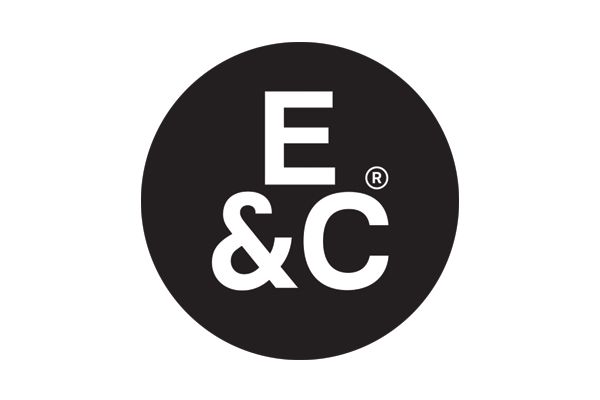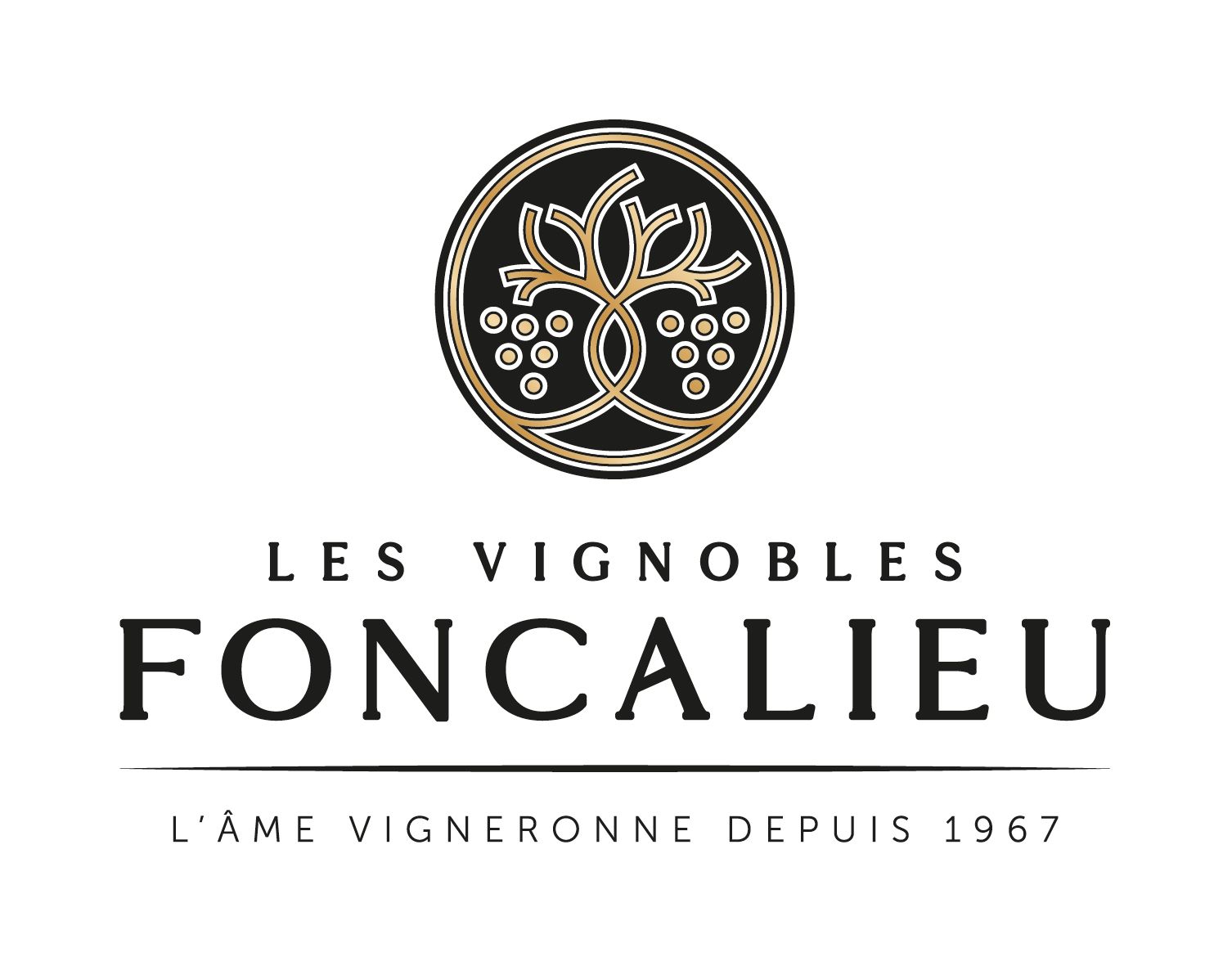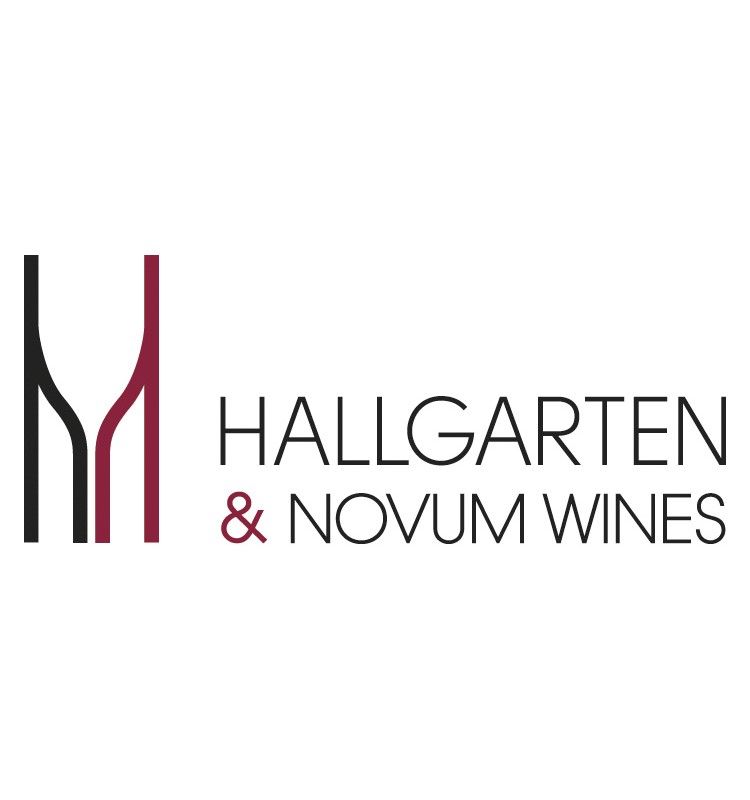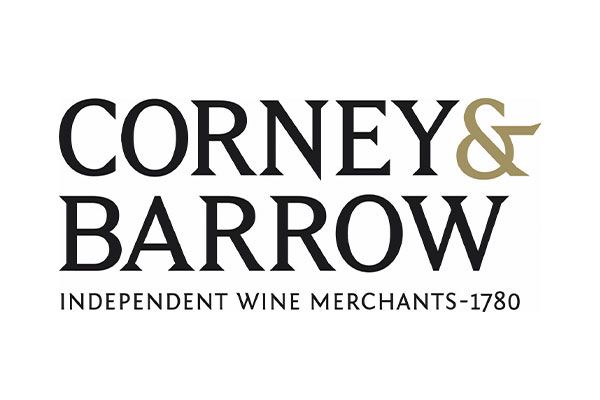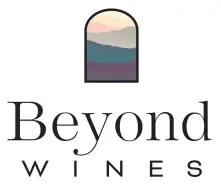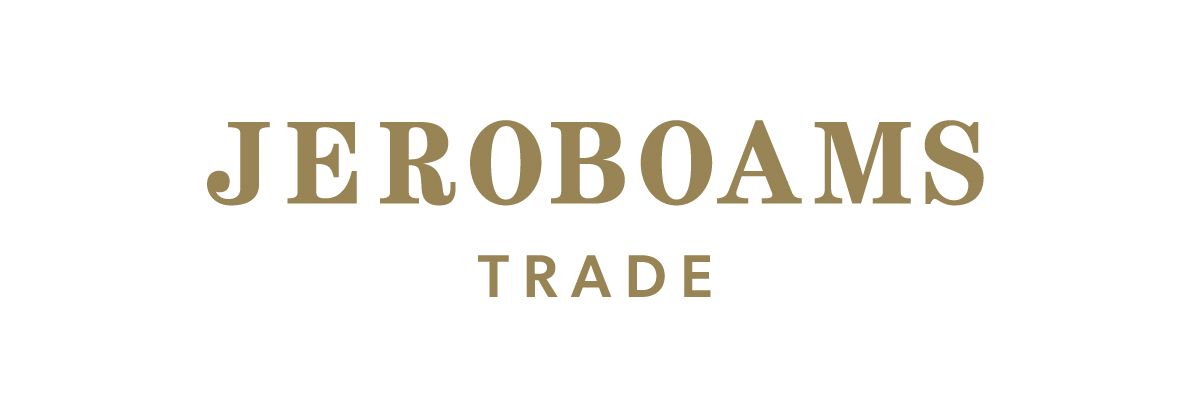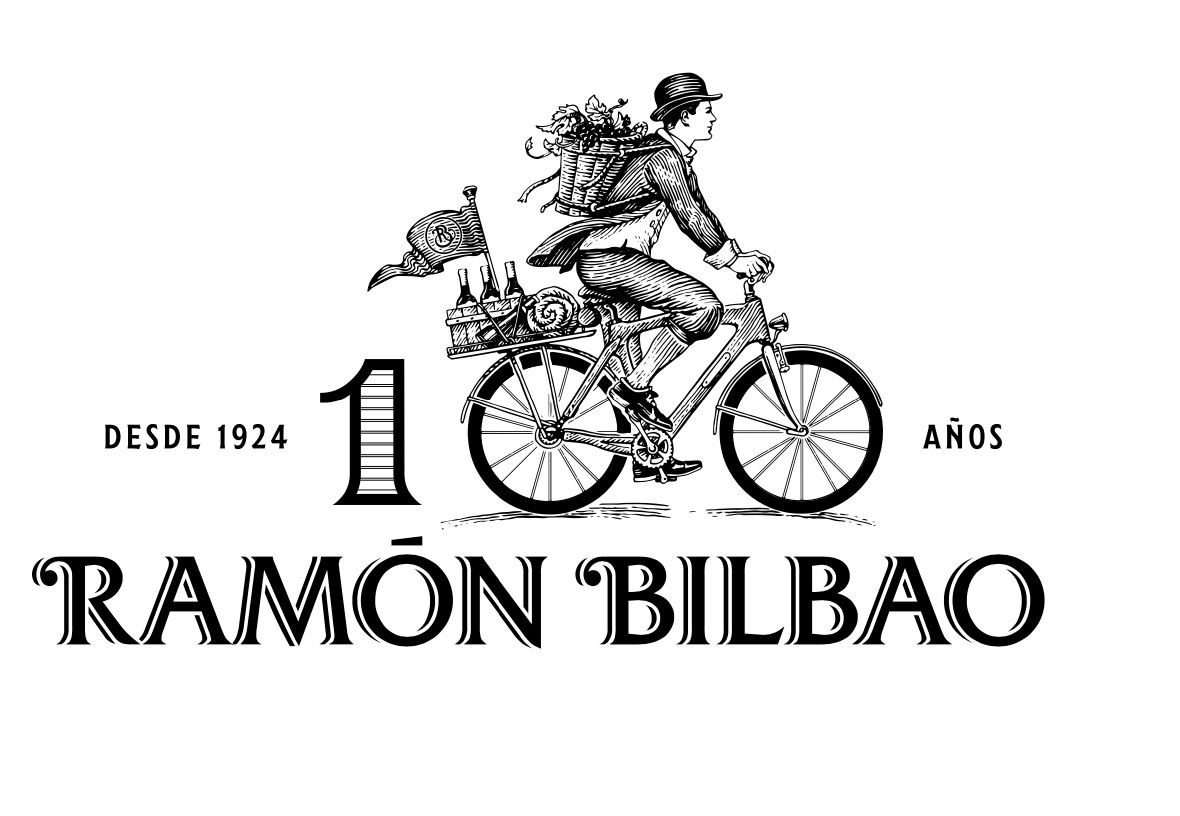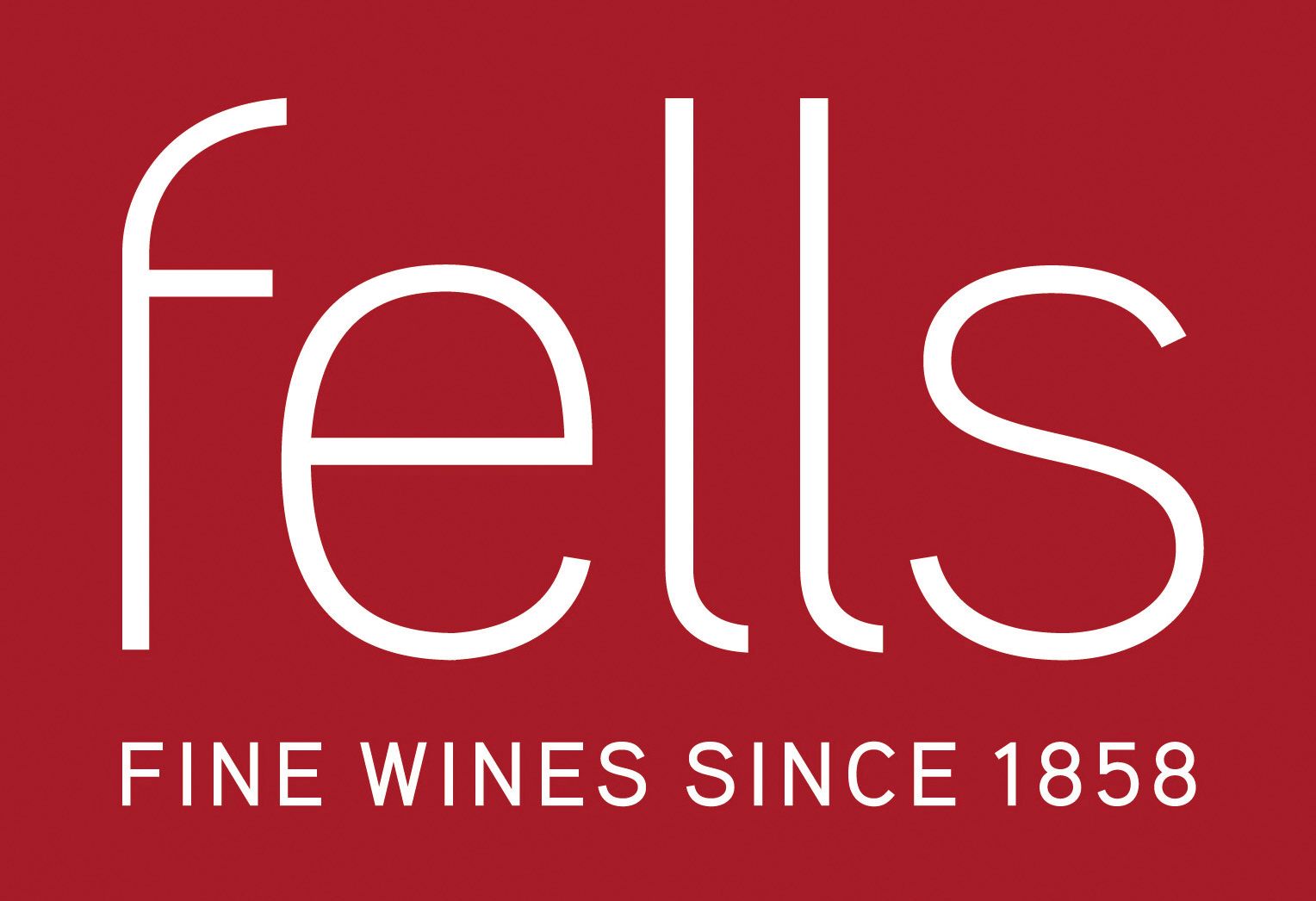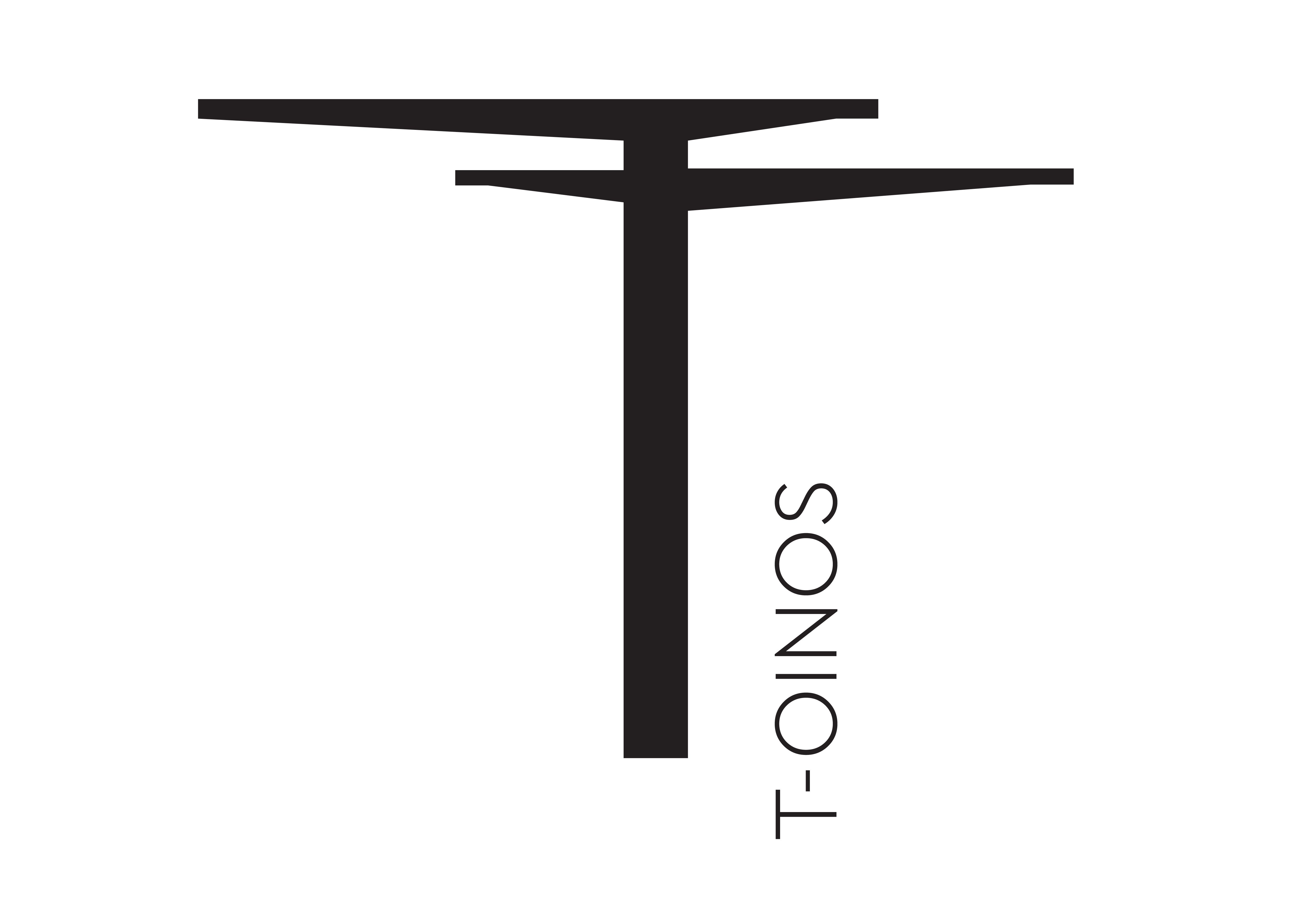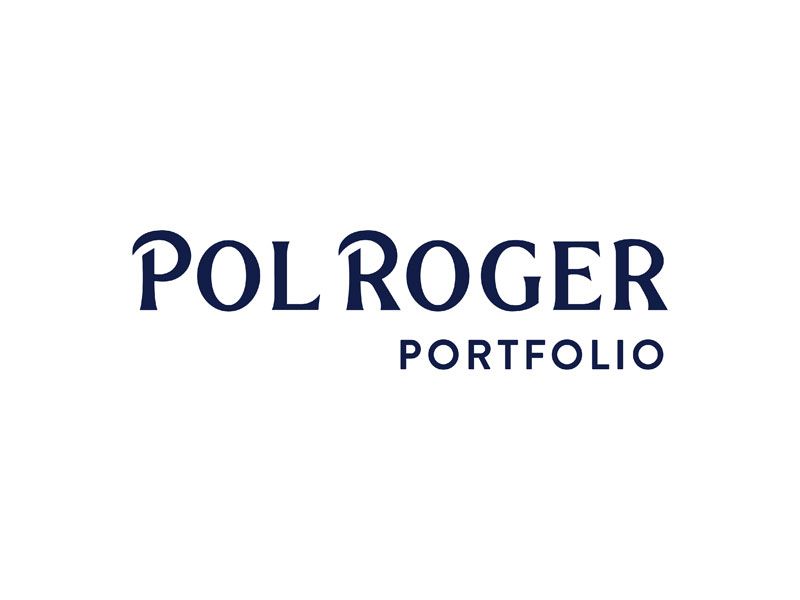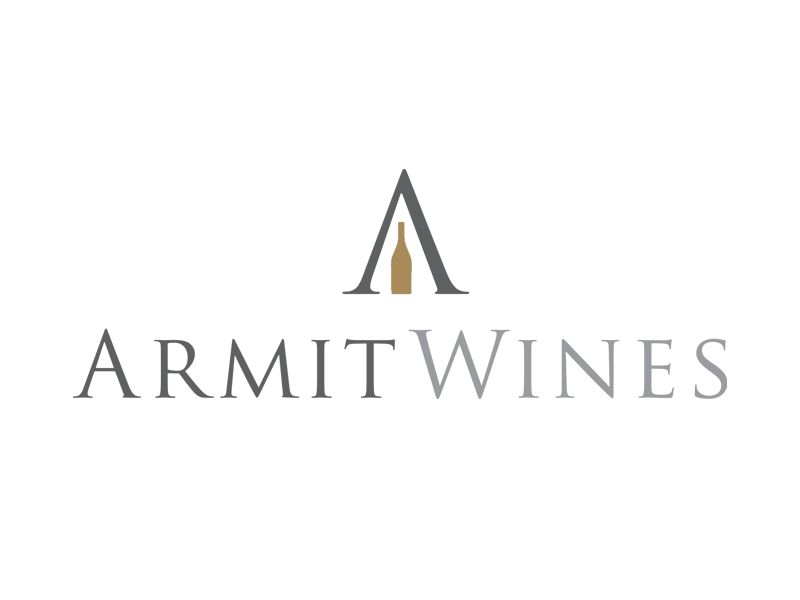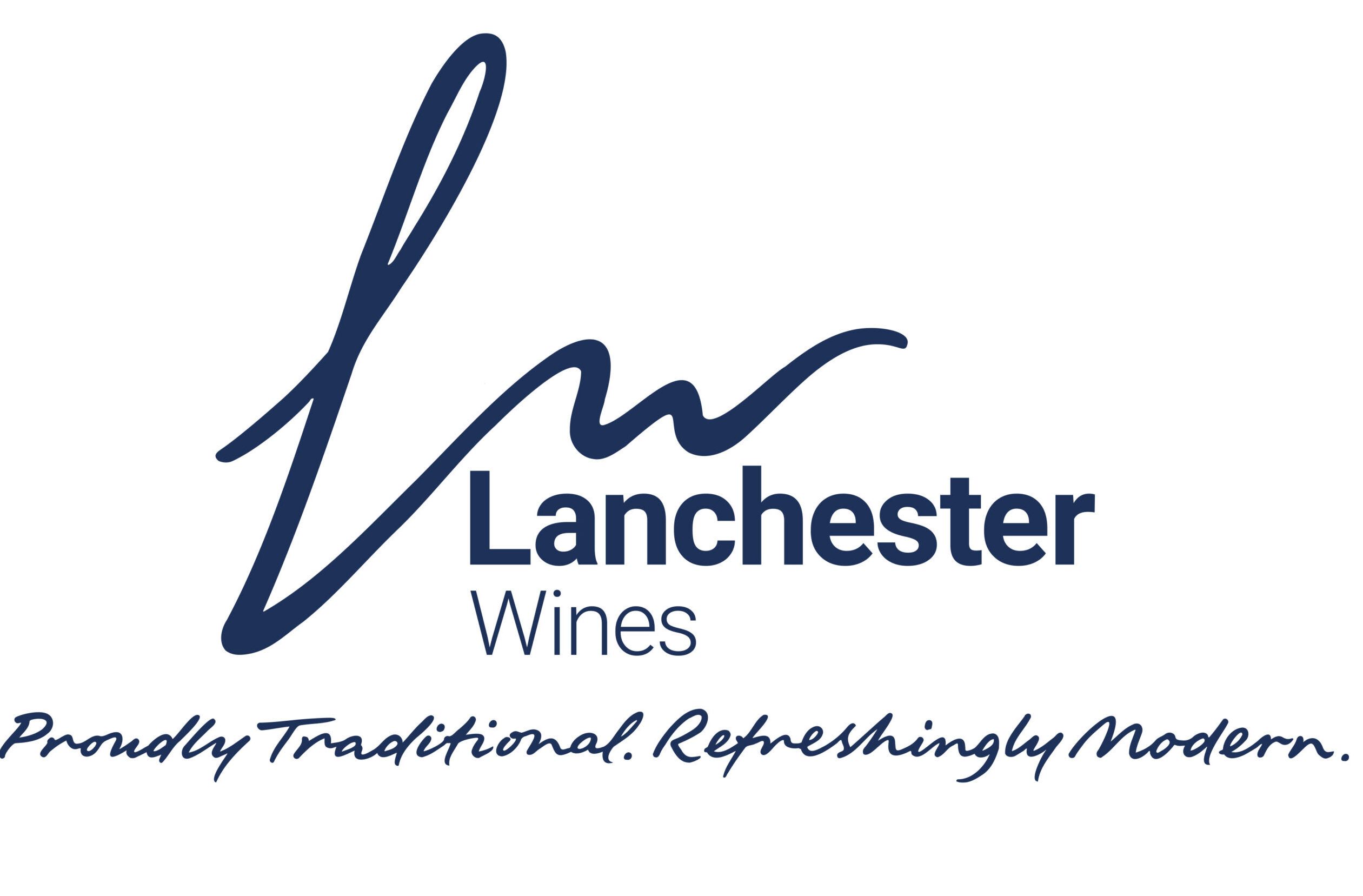“Truth is, we’re an outlier region, not really near anywhere – there just isn’t much out here,” admits Wynns Coonawarra’s winemaker Sarah Pidgeon.

A great pairing: Enotria&Coe and Wynns Coonawarra. E&C’s MD Ants Rixon and wine buyer Emma Robinson and Sarah Pidgeon
For someone whose vinous focus is predominantly Old World, 2022 has thrown up unexpected opportunities to re-taste some of Australia’s most iconic wines. A few months ago, I interviewed Damian White, Wirra Wirra’s new director of sales, who reminded me why Church Block is one of McLaren Vale’s best value wines and still a leader in its category – a steal at around £14 retail.
Last week saw an opportunity to focus on three more iconic wines from another historic producer, Wynns, which has been producing in a very different region, Coonawarra, since 1951 when two Melbourne wine merchants took over an estate established by Scottish pioneer John Riddoch in 1891, but whose original winery had become a dilapidated sheep-shed.
Wynns Coonawarra Estate is one of those producers which seems to have always been around; like Wirra Wirra, its wines have distinctive labelling (showing the estate’s original three gabled building) that seem quite unchanged from when I was living out in Australia in the 1980s and 1990s.
Wynn’s delivers quality products at various price points including: the iconic Black Label Cabernet Sauvignon which is one of Australia’s most collectible wines, selling here for around £25-30 retail; there’s the high-end John Riddoch Cabernet Sauvignon; and the less-well-known but still excellent Wynns Michael Shiraz.
Sarah Pidgeon, assistant winemaker at Wynn’s for 22 years, says a comprehensive recent vertical tasting of Black Label Cabernet Sauvignon with fellow winemaker Sue Hodder was very illuminating. Tasting vintages from between 1954-2004 and then wines from 2004-2015 made her realise that lightness of touch is all.
“The wines from the 1950s and 60s were great – fresh, with low alcohol and no new oak (because it wasn’t available) – the wines were aged in the big vats that were common then. It made us realise that going forward we need to focus on moderate alcohol, fresh fruit flavours and balanced oak,” Pidgeon says.
The approach has evolved over her 22 years at Wynn’s and reflects her understanding of Coonawarra’s climate and famous terra rossa terroir.
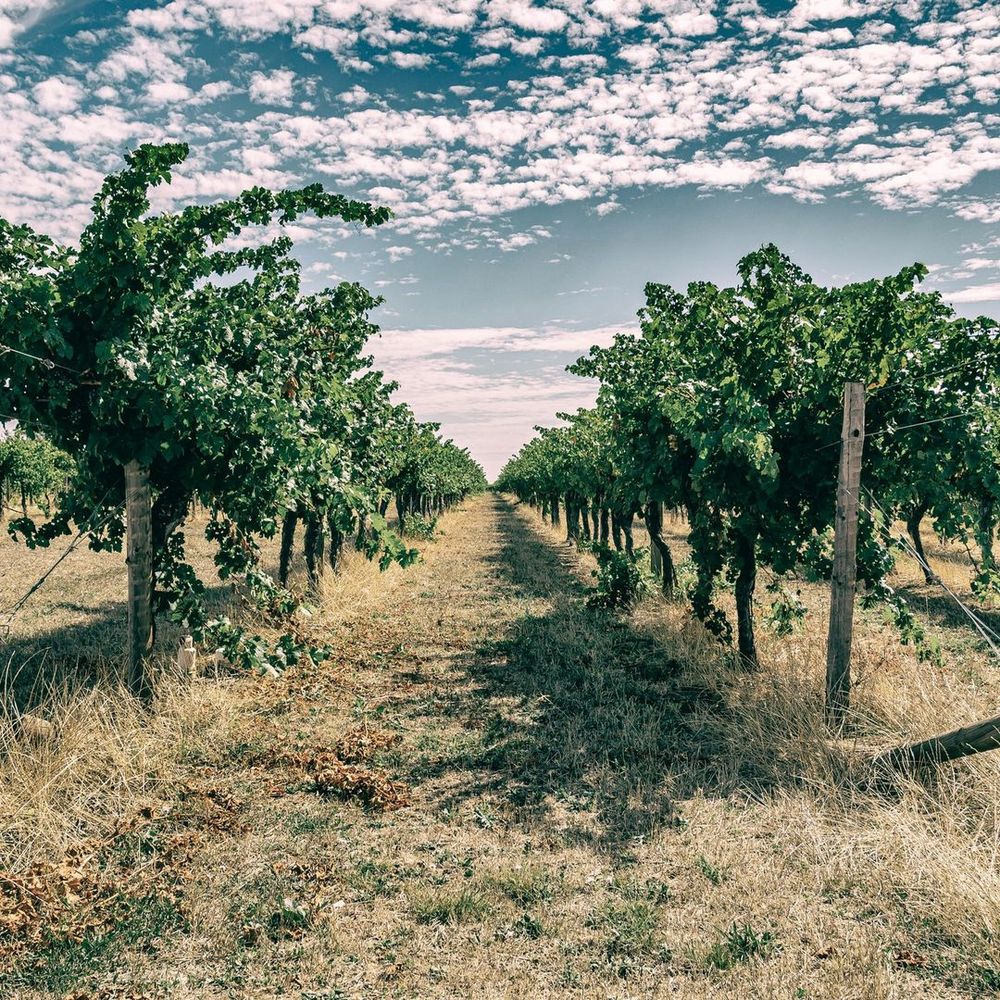
Messenger Vineyard Cabernet. Single vineyard release in 2005, 2010, 2010 and possibly 2022.
For many people, however, both within Australia and certainly outside it, Coonawarra is still a much-misunderstood region. The temptation is to view it as yet another South Australian region not that far from state capital Adelaide, like McLaren Vale or Barossa, which have become almost synonymous with beefy Shiraz and other full-bodied wines.
In fact, Coonawarra is 380 kilometres south-east of Adelaide (and 450 from Melbourne) and is best understood as a cool climate region, benefitting from relative proximity to the sea (80 kilometres away) and a perfect climate for quality winemaking, with 30°C degree days followed by 14°C degree nights, giving the vines lots of time to recover at night during the peak of the growing season.
“Truth is, we’re an outlier region, not really near anywhere – there just isn’t much out here” admits Pidgeon.
Except of course, that famous terra rossa soil which – as its name suggests – is dark red soil located on a narrow, 20 kilometre limestone strip fed by aquifers that receive plentiful rain and vineyards that benefit from cool night-time breezes. John Riddoch certainly knew what he was doing all those years back when he planted the first vines, in a region which never suffered phylloxera.
Today, John Riddoch Cabernet Sauvignon is made from Wynns’ top two or three terra rossa vineyards (the oldest of which dates back to 1954) the choice of which changes each year, depending on the particular vintage.
Most years have seen a Wynns Coonawarra John Riddoch being made with 2000, 2001, 2002, 2011, 2014 and 2017 the only missed recent vintages. Such is the reliability of Coonawarra for Cabernet Sauvignon, we can look forward to some great wines from 2020, 2021 and 2022 once they are ready for bottling and release.
“People really need to learn more about this highly distinctive region and terroir,” reckons Pidgeon.
Which they can do through tasting the wines, as we did on a sunny afternoon near Tower Bridge.
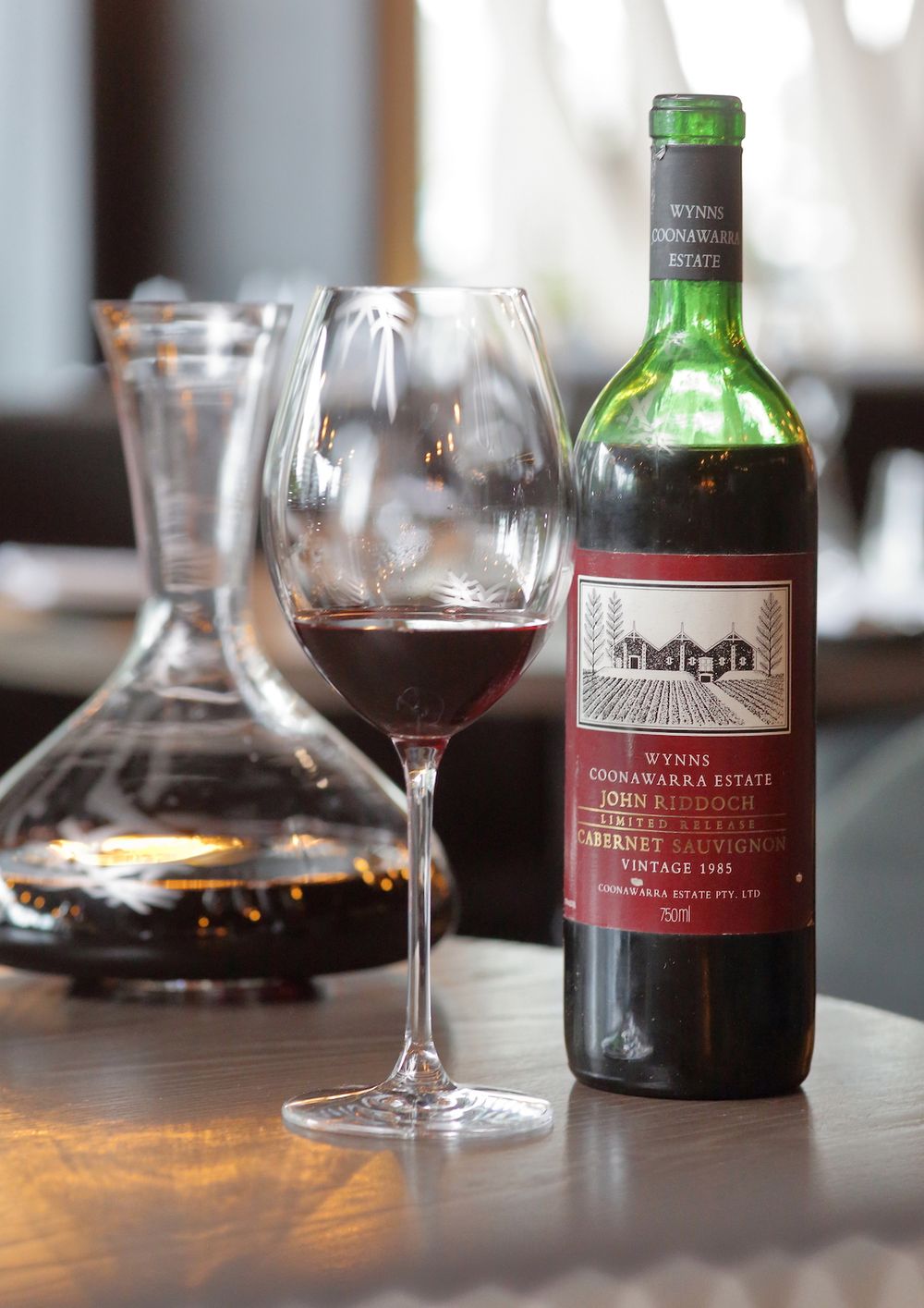
First off, two library vintages of Wynns Coonawarra John Riddoch, the 1985, the 2004, then the recently released 2019. All very different, with the 1985 showing amazing suppleness and character. The wine spent 18 months in wood but the use of big vats rather than barrique meant the wood was very much part of the wine, which was remarkably complex and showed great finesse.
Unbelievably, despite the rich full flavours (I got red berry supported by herbs) this was just 12.2%. So different from the 2004 which was much fuller and more rounded, with 13.5% alcohol, with red and dark berry fruit supported by eucalyptus and a trace of mint. Very balanced, with fine acidity and structure.
And so to the Wynns Coonawarra John Riddoch 2019. This is full and rounded, dark red in colour, still young obviously but as it ages I anticipate the acidity and soft tannins are likely to stay to the fore, supported by hints of perfume, liquorice and chocolate on the palate.
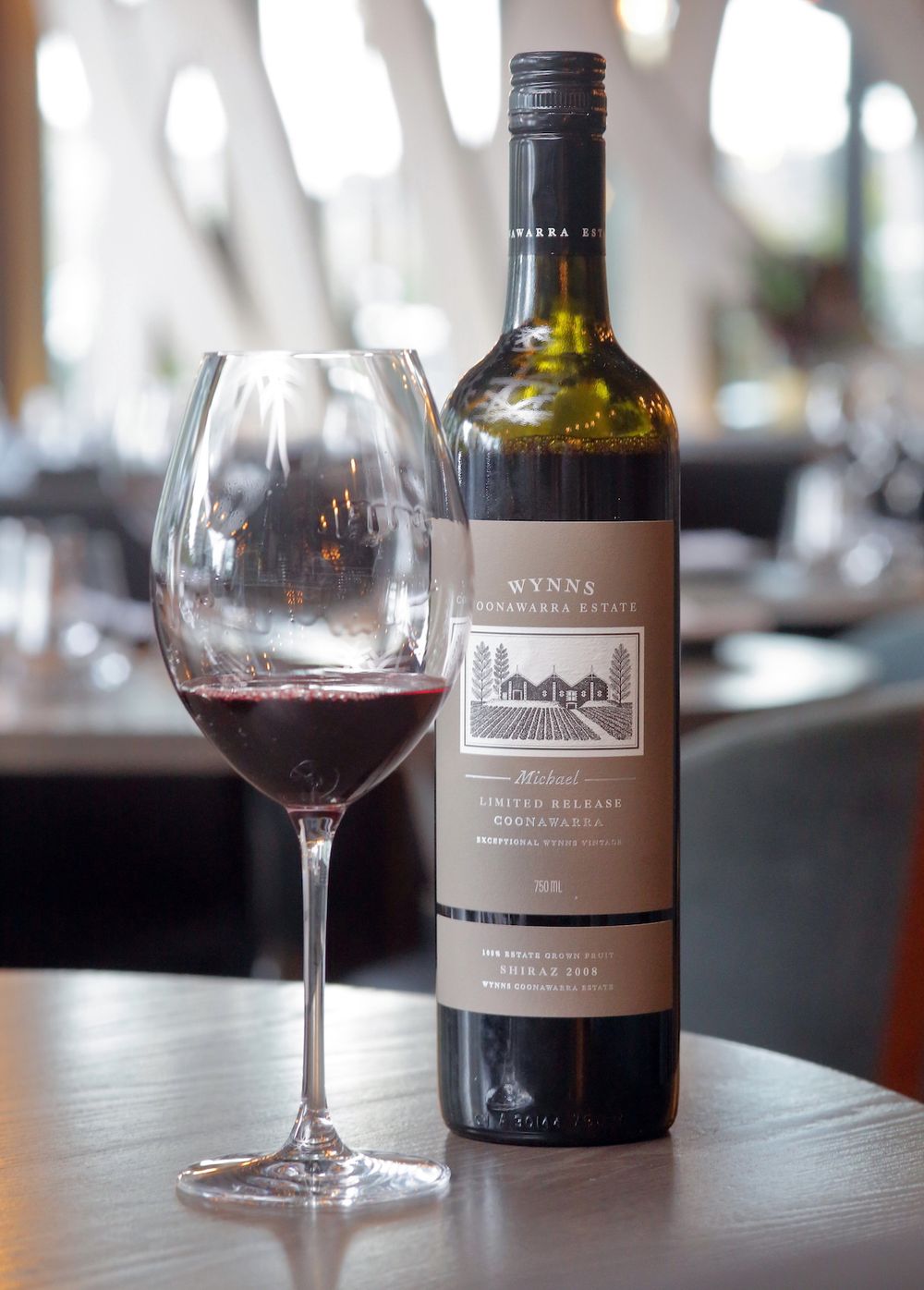
And what of the Wynns Coonawarra Michael Shiraz?
We tasted the 2008 and the current vintage, the 2018, and both were quite delicious, the former showing remarkable freshness and clean fruit despite its age. The 2018 had intensity but not overwhelmingly so, with dark fruits, perfume, a clear herbal character and a restrained use of French oak – both wines, in fact, the complete antithesis of hefty Barossa Shiraz. All in all, Michael Shiraz is a great companion wine to the John Riddoch and cheaper too, with the 2018 Shiraz selling for around £80 against typically £125 for the JR Cab Sauv.
So why isn’t Michael Shiraz better known? Good question, I thought.
“Cabernet is so good in Coonawarra, with amazingly long ageing potential and extraordinary character, and our vineyards have such an amazing tradition and track record, we’ve always felt it our priority to tell this story first,” says Pidgeon.
So, onto Wynns Coonawarra Black Label Cabernet Sauvignon which does very well, at a good price level for the quality provided. We tasted the 2013 and current 2019 vintage and both told the same very positive story of great Cabernet – fresh but grippy on the palate, with lots of forest fruit and eucalyptus, and great ageing potential.
“Black Label is well priced but it’s also highly collectible… in Australia people look out for the new vintage with great anticipation,” says Pidgeon.
It’s not hard to see why.
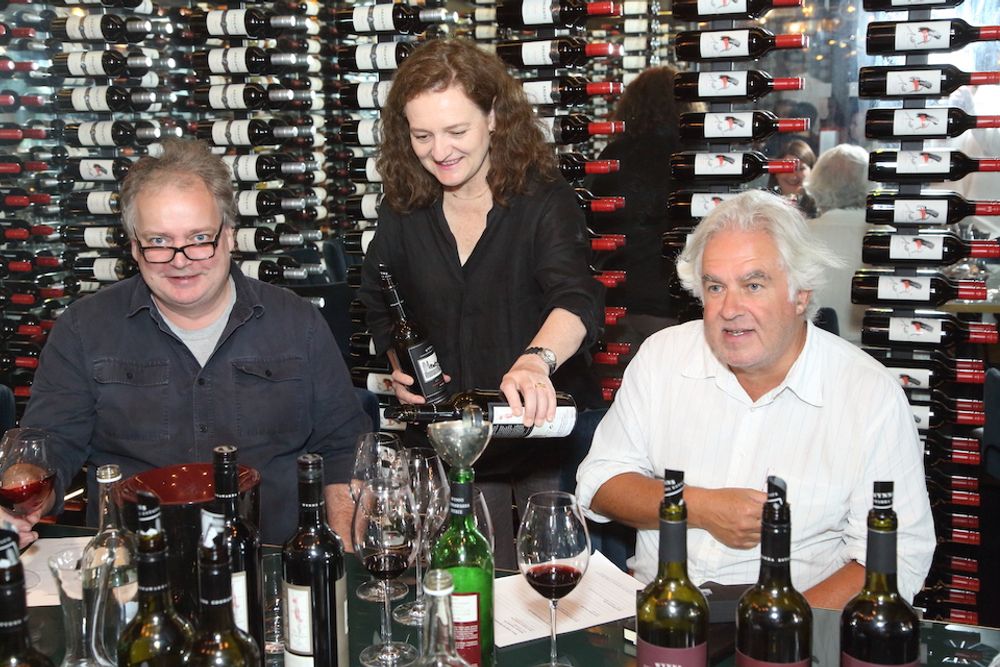
The Buyer’s Justin Keay (r) and Bill Knott with Sarah Pidgeon, London, September 7, 2022















